Residents and tourists line up to leave the Ala Way port area, Hawaii on July 30 to avoid the tsunami - Photo: AFP
According to the Los Angeles Times , despite being one of the largest earthquakes in the past 125 years, the earthquake off the coast of Siberia (Russia) did not cause a serious disaster because the tsunami energy was not directed towards densely populated areas.
Tsunami "avoided" densely populated areas
Immediately after the earthquake occurred at 4:25 pm (local time), the US National Tsunami Warning Center immediately issued a warning for the entire West Coast of the US, Canada and Japan.
History has witnessed deadly tsunami disasters such as in 1964 and 2011 in Crescent City (California), so this concern is completely justified.
However, the tsunami did not reach densely populated areas.
In Russia, the town of Severo-Kurilsk recorded waves up to 5 meters high and one building was swept away by the waves but there were no casualties.
In the US, the waves were only about 0.5 - 1.7 meters high, with the highest point being in the Kahului area (Hawaii). Cities such as San Francisco, Los Angeles or Crescent City were not seriously affected.
According to scientist Nathan Wood of the US Geological Survey (USGS), this tsunami energy was transmitted over the open sea between the Aleutian Islands (Alaska) and Hawaii. "We are lucky that the waves did not converge on land," he said.
Warnings are effective but risks remain
This escape was not only due to the favorable direction of the signal transmission, but also the result of a modern warning system.
Seafloor pressure sensors deployed by the US National Oceanic and Atmospheric Administration (NOAA) detected the waves just minutes after the earthquake, giving people time to evacuate, reducing the risk of casualties.
However, experts warn that worse scenarios are entirely possible in the future.
Especially if an earthquake occurs close to shore, as in the Cascadia subduction zone off the coast of California and Oregon, tsunamis can strike in as little as 10 minutes — too quickly for warning.
Another scenario is that if there is a major earthquake off the coast of Alaska, the California coast could experience waves as high as 10 meters in Santa Monica and 32 meters in Ocean Beach (San Francisco).
The event also helped California reassess its response capabilities. The state’s tsunami risk map website continued to be overloaded, as it was in December 2024. However, thanks to the media posting interactive maps, many people still had access to information.
In Crescent City, the “H-pier”—a section designed to absorb wave forces—worked well, protecting the port from major damage. This was a costly lesson from the 2011 tsunami, which killed one person, caused more than $100 million in damage, and required three years to restore infrastructure.
"Luck is on our side this time. But being prepared and vigilant is still key," said USGS expert Eric Geist.
UYEN PHUONG
Source: https://tuoitre.vn/vi-sao-sieu-dong-dat-8-8-do-o-nga-lai-gay-thiet-hai-rat-nho-2025073110335735.htm


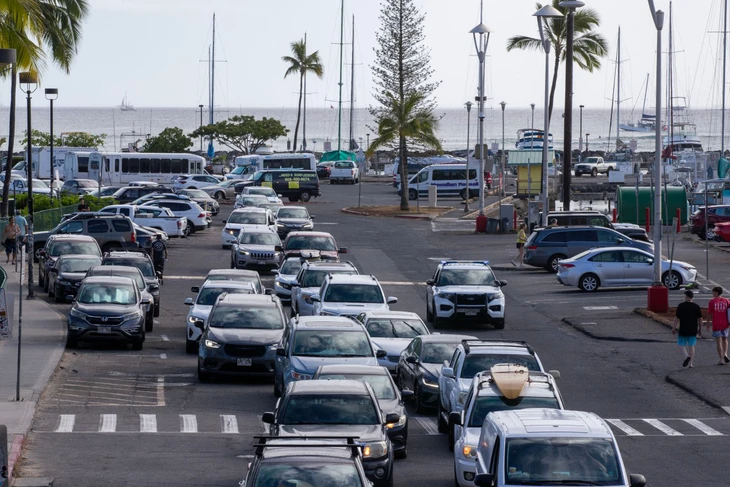
![[Photo] Opening of the 14th Conference of the 13th Party Central Committee](https://vphoto.vietnam.vn/thumb/1200x675/vietnam/resource/IMAGE/2025/11/05/1762310995216_a5-bnd-5742-5255-jpg.webp)


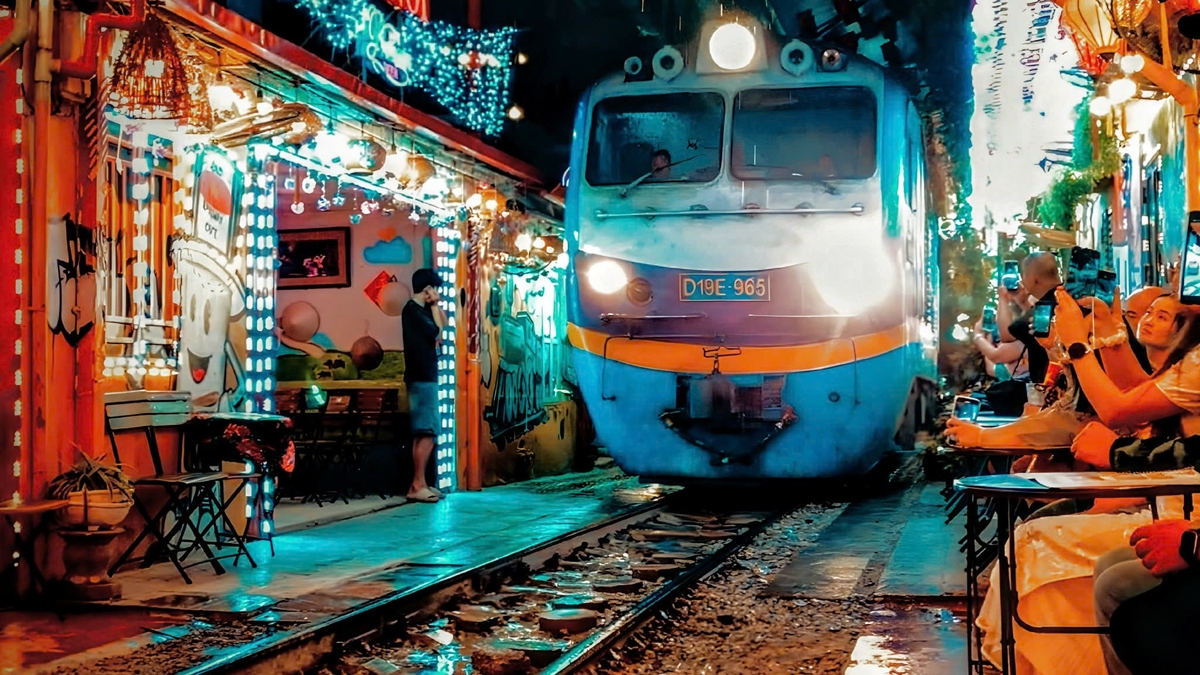


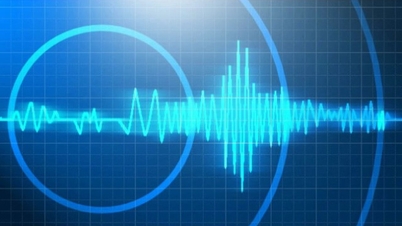

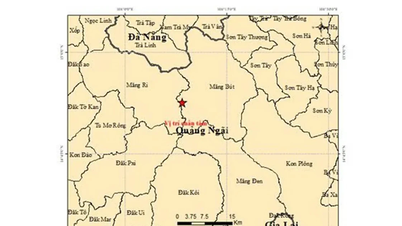

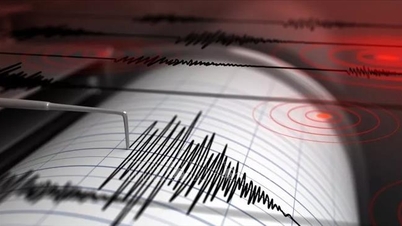


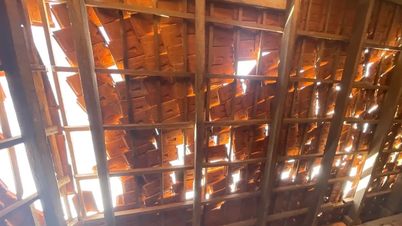




![[Video] Not Alone - Online Safety Day](https://vphoto.vietnam.vn/thumb/402x226/vietnam/resource/IMAGE/2025/11/05/1762347906381_sequence-0100-00-17-02still001-jpg.webp)

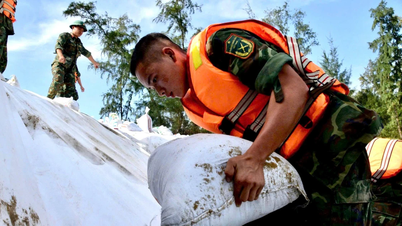



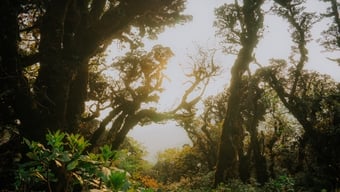









![[Photo] Panorama of the Patriotic Emulation Congress of Nhan Dan Newspaper for the period 2025-2030](https://vphoto.vietnam.vn/thumb/1200x675/vietnam/resource/IMAGE/2025/11/04/1762252775462_ndo_br_dhthiduayeuncbaond-6125-jpg.webp)







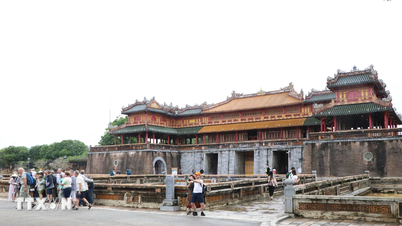








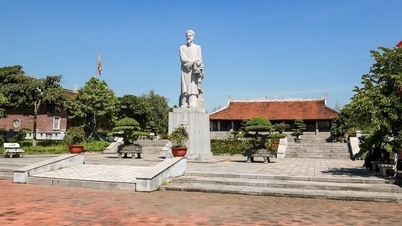





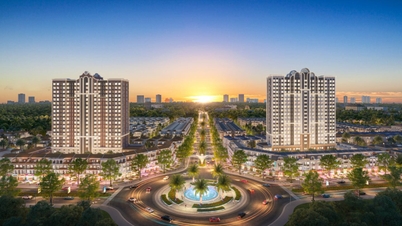
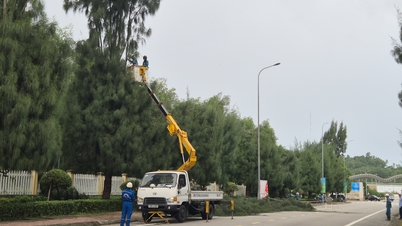



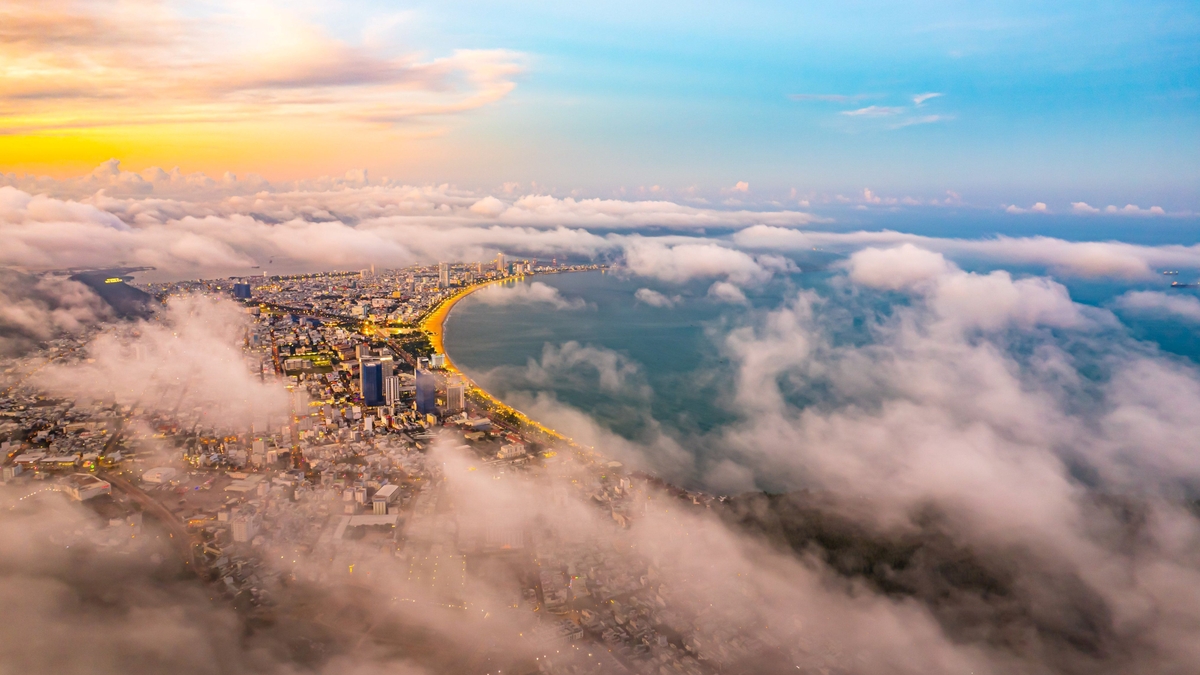
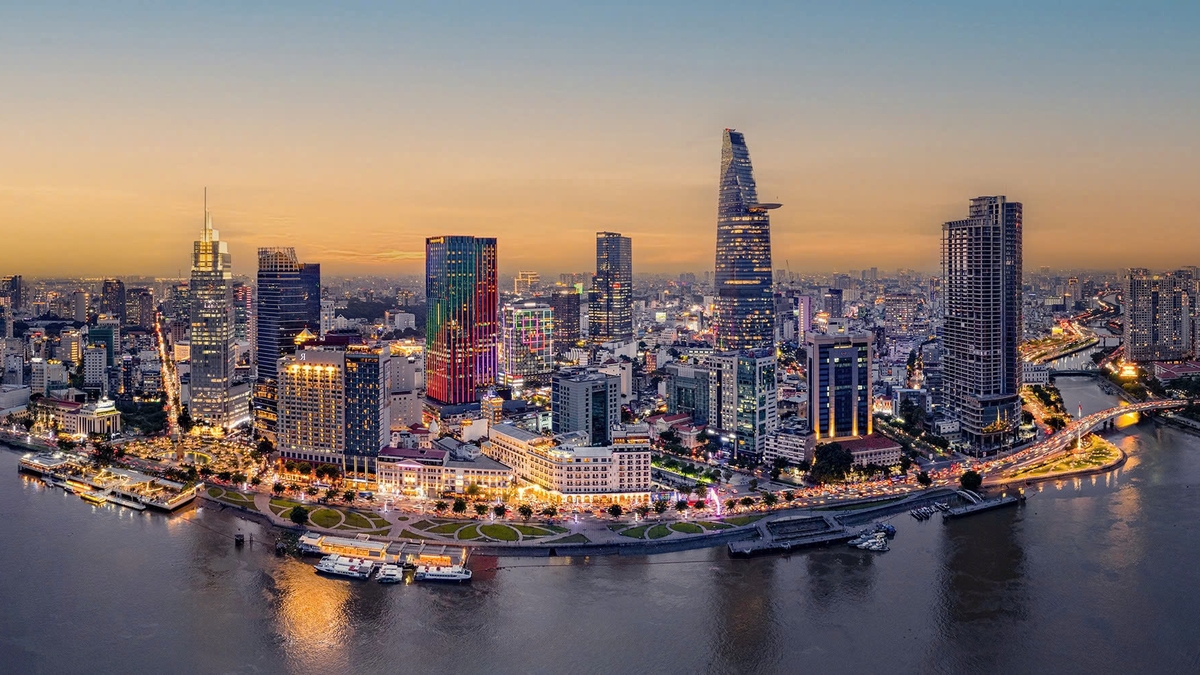
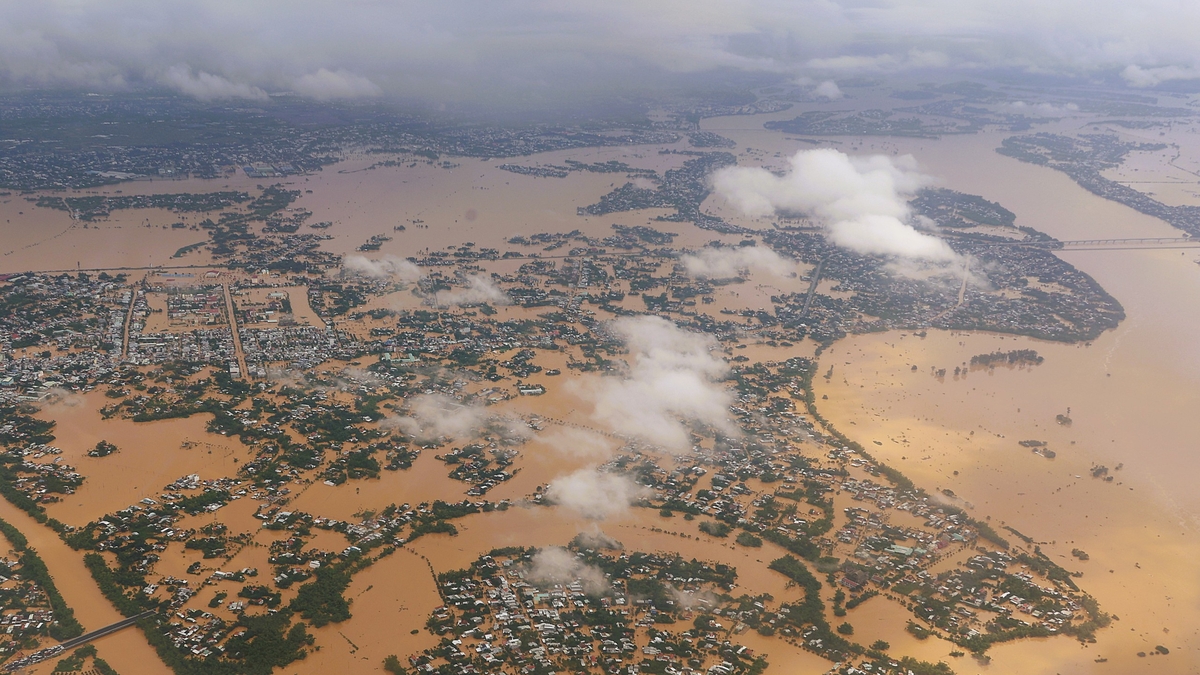
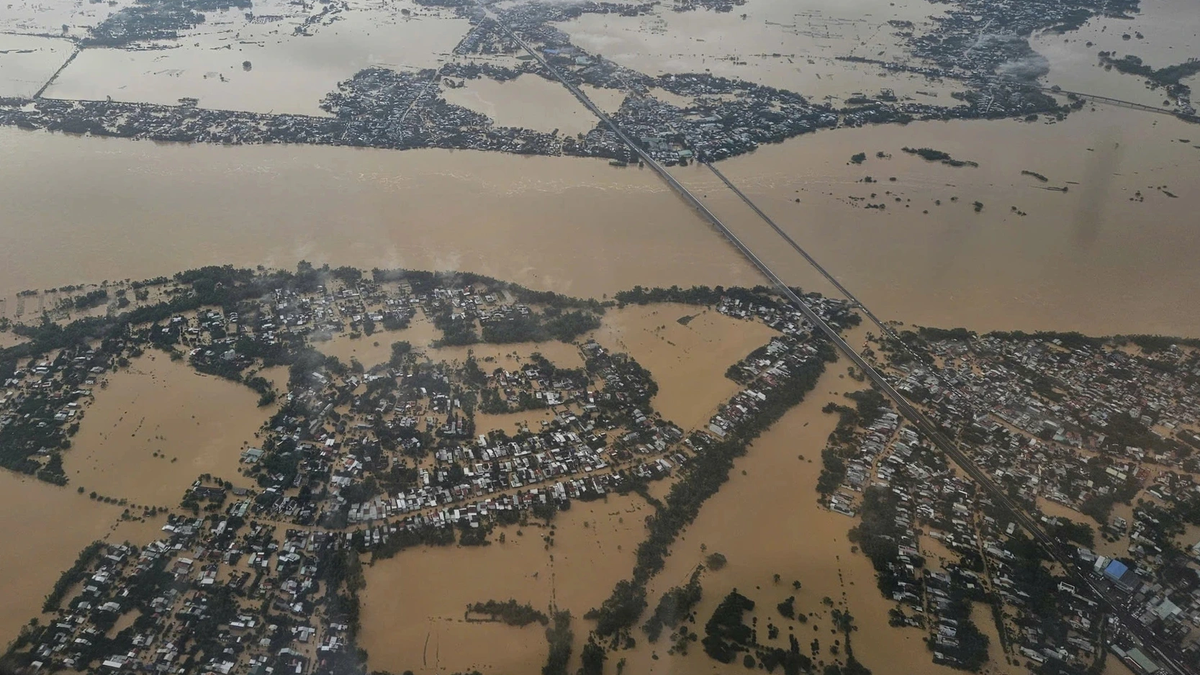

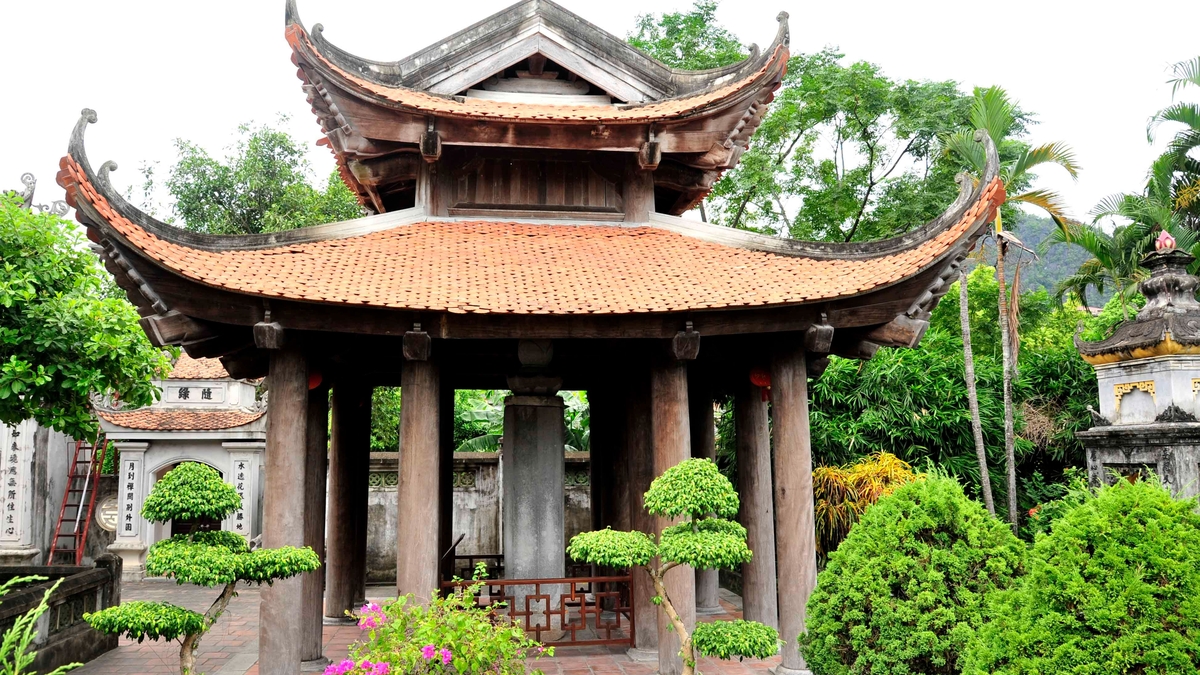
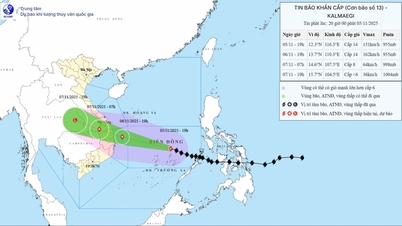




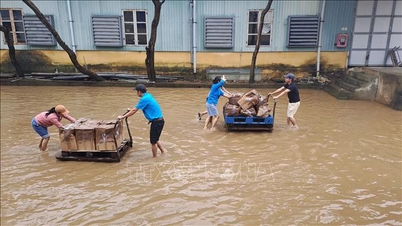











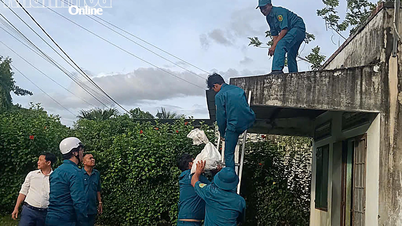
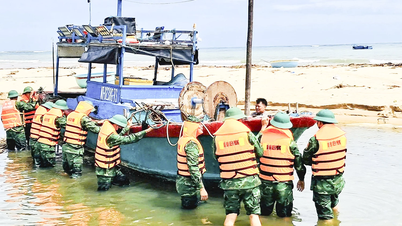

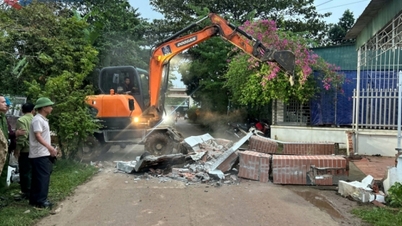

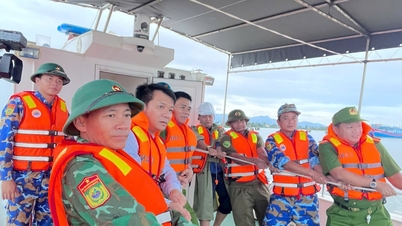















Comment (0)